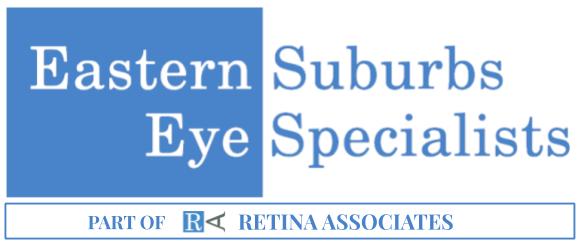After your Ophthalmologist takes a full medical history, your eye health exam starts with your Ophthalmologist putting drops in your eyes to dilate your pupils.
Dilated pupils give your doctor a better view inside your eyes.
Typically the test will include:
Refractive Assessment
Your eyes are tested for any refractive error. This assessment determines if you have any signs of nearsightedness, farsightedness, astigmatism or presbyopia.
Slit Lamp Exam
The Slit Lamp utilises a microscope which allows for the magnification and illumination of the eye structures.
Visual Field Test
Testing the visual field is also called perimetry and it is done to determine if there are any areas of peripheral vision that are impaired.







